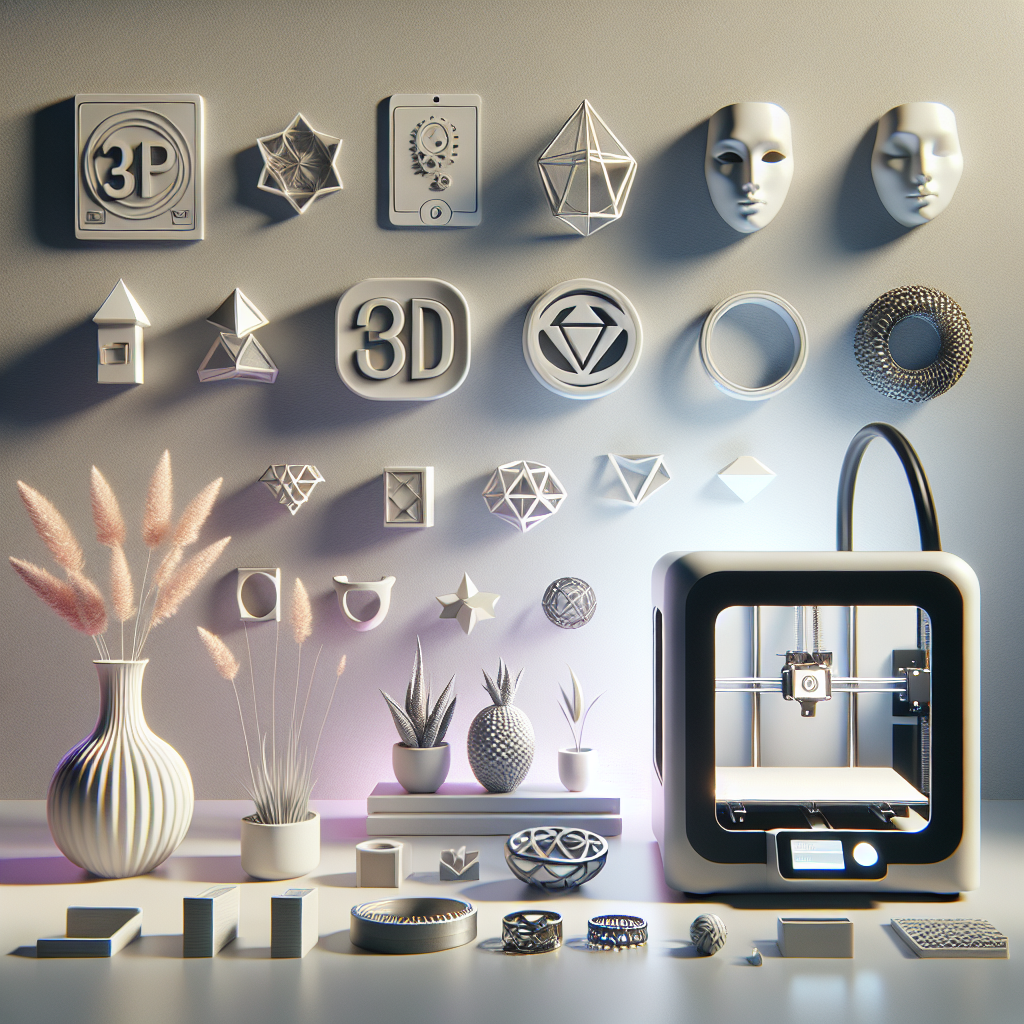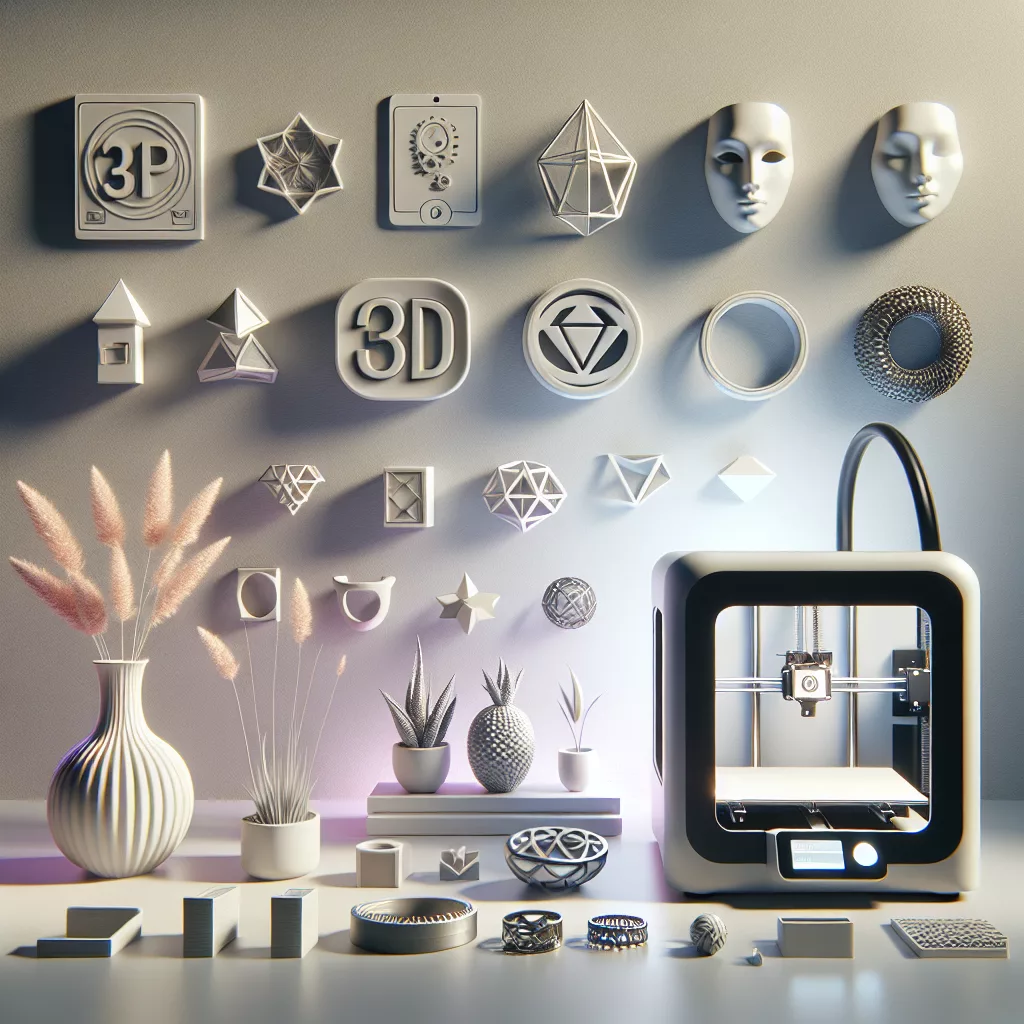Introduction
3D printing has revolutionized the way creators and entrepreneurs bring products to market. Whether you’re crafting intricate figurines, bespoke jewelry, or functional household items, the ability to produce and sell 3D printed goods online has never been more accessible. But with so many online marketplaces available, choosing the best platform to sell your creations can be overwhelming. Drawing from years of experience in the 3D printing community, this guide will walk you through the top online marketplaces for selling 3D printed products, highlighting the pros, cons, and unique features of each.
Etsy: The Go-To for Handmade and Custom Creations
Etsy has established itself as the premier marketplace for handmade, vintage, and unique items, making it a stellar option for 3D printed products that cater to niche audiences. Whether you specialize in cosplay accessories, home décor, or personalized gifts, Etsy’s audience appreciates craftsmanship and creativity.
Pros:
- Large, established audience looking for unique products
- Easy setup and robust seller tools
- Strong community and support for creative entrepreneurs
Cons:
- Listing and transaction fees can add up
- High competition in popular categories
Shapeways: The Marketplace for Designers
Shapeways is a 3D printing service as well as a marketplace, catering to designers who may not own printers themselves. Here, you can upload your designs, set your markup, and let Shapeways handle the printing, packing, and shipping.
Pros:
- No need to invest in your own 3D printer or materials
- Access to a range of high-quality materials and finishes
- Ideal for selling complex or high-end 3D printed items
Cons:
- Less control over production and fulfillment
- Shapeways takes a percentage of your sales
eBay: Massive Reach with Flexible Selling Options
eBay is a household name for online selling and can be an excellent platform for 3D printed products, especially if you’re targeting collectors or want to test new product ideas.
Pros:
- Vast global audience
- Ability to sell individual items or in bulk
- Support for auctions and fixed-price listings
Cons:
- High competition with mass-manufactured goods
- Fees can be substantial for high-volume sellers
Amazon Handmade: For the Serious Seller
Amazon Handmade appeals to artisans looking to tap into Amazon’s massive customer base. If your 3D printed products meet their handmade criteria, you can list them alongside other handcrafted goods.
Pros:
- Unmatched potential for exposure and sales volume
- Prime eligibility can boost sales
- Access to Amazon’s fulfillment services
Cons:
- Strict application and approval process
- Monthly fees and referral fees
MyMiniFactory: Focused on 3D Printable Designs
If you prefer to sell 3D printable files rather than physical products, MyMiniFactory is an excellent choice. This platform connects designers with hobbyists and makers who print at home.
Pros:
- Dedicated audience of 3D printing enthusiasts
- No need to manage physical inventory
- Strong community engagement through challenges and events
Cons:
- Primarily for digital files, not finished products
- Revenue depends on digital downloads
Other Noteworthy Platforms
- Thingiverse: Large, mostly free repository of 3D models; good for exposure, but less direct monetization.
- CGTrader: Sells 3D models for both printing and digital use; supports both digital sales and print-on-demand.
- Shopify: Build your own branded storefront; greater control, but requires more marketing effort.
Tips for Success in Selling 3D Printed Products Online
- Focus on high-quality photos and detailed product descriptions
- Highlight unique selling points and customization options
- Engage with the community and gather feedback to improve products
- Stay on top of trends and adapt your offering accordingly
- Carefully price your products to account for materials, time, and fees
Conclusion
The best marketplace for selling your 3D printed products depends on your business goals, production capabilities, and target audience. Platforms like Etsy and Amazon Handmade are ideal for finished, customer-facing products, while Shapeways and MyMiniFactory cater to designers and digital creators. No matter which marketplace you choose, the key to success is quality, originality, and connecting with your customers. Happy printing!


Leave a Reply